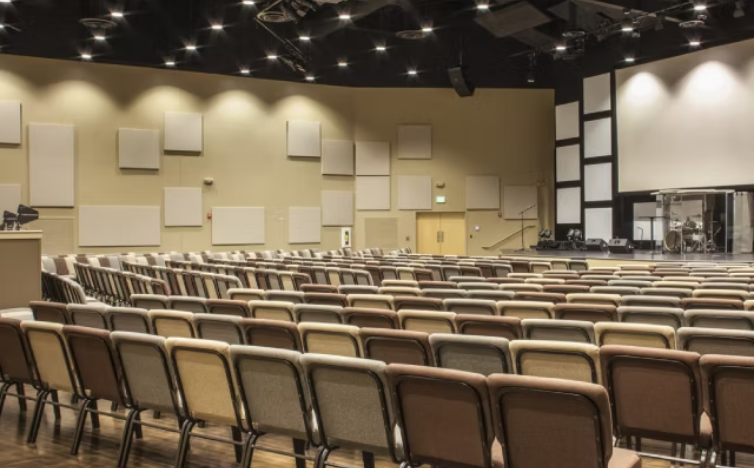Multi-purpose halls are versatile spaces designed to host a wide range of events, from concerts and lectures to conferences and social gatherings. However, their versatility often poses a significant challenge: achieving optimal acoustics. Poor sound quality can detract from the experience, whether it’s a musical performance or a corporate presentation. This article explores effective acoustic treatment strategies to enhance the functionality and appeal of multi-purpose halls.
Understanding Acoustic Challenges
Multi-purpose halls are inherently challenging due to their varied uses. A space that sounds great for a choir might not be suitable for a lecture or a rock concert. Common issues include:
- Reverberation: Excessive echo can muddy speech and music.
- Sound Reflection: Hard surfaces can cause sound to bounce, creating uneven audio distribution.
- Background Noise: HVAC systems and external noise can interfere with events.
Addressing these challenges requires a tailored approach to acoustic treatment.
Key Acoustic Treatment Solutions
 1. Absorptive Materials
1. Absorptive Materials
Installing absorptive materials like acoustic panels, fabric-wrapped wall panels, and ceiling clouds can significantly reduce reverberation. These materials absorb sound waves, preventing them from bouncing around the room.
2. Diffusive Elements
Diffusers scatter sound waves, creating a more balanced acoustic environment. They are particularly useful in spaces where maintaining some liveliness is desired, such as for musical performances.
3. Bass Traps
Low-frequency sounds can be particularly problematic in large halls. Bass traps, placed in corners, absorb these frequencies, preventing the “boomy” effect that can overwhelm other sounds.
4. Acoustic Partitions
Flexible acoustic partitions can help reconfigure the space for different events. These partitions can be moved to create smaller, more acoustically controlled areas within the larger hall.
5. Flooring Solutions
Carpeting and acoustic underlays can reduce footfall noise and improve overall sound quality. For areas requiring hard flooring, rugs and mats can be used to mitigate sound reflection.
Implementing a Balanced Approach
Achieving the perfect acoustic environment in a multi-purpose hall requires a balanced approach. It’s essential to consider the specific needs of the events that will be hosted. For instance:
- Concerts and Performances: A mix of absorptive and diffusive treatments can enhance musical clarity while maintaining a lively atmosphere.
- Lectures and Conferences: Focus on reducing reverberation and ensuring clear speech intelligibility with ample absorptive materials.
- Social Events: Flexible solutions like movable partitions and adjustable acoustic panels can adapt the space to different group sizes and activities.
Professional Assessment and Custom Solutions
While DIY solutions can offer some improvements, a professional acoustic assessment is invaluable. Acoustic consultants can provide tailored recommendations based on the hall’s architecture, intended uses, and budget. Custom solutions might include:
- Variable Acoustic Systems: These systems allow for real-time adjustment of the hall’s acoustics, making it suitable for a wide range of events.
- Advanced Soundproofing: For halls in noisy environments, advanced soundproofing techniques can ensure that external noise does not interfere with events.
Contact Muhammad Shaheen Carpentry at 971 55 219 6236, and discover the transformative science of soundproofing for your space.
Conclusion
Optimizing the acoustics of a multi-purpose hall is a complex but rewarding endeavor. By understanding the unique challenges and implementing a combination of absorptive, diffusive, and flexible solutions, you can create a space that delivers exceptional sound quality for any event. Whether it’s a concert, lecture, or social gathering, the right acoustic treatment ensures that every word and note is heard with clarity and impact.

